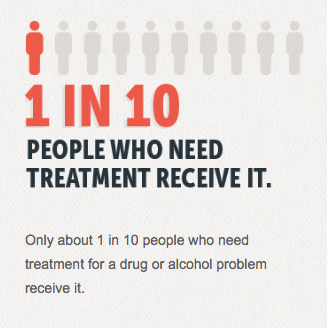Prior to you continue reading, we thought you might like to download our 3 Positive CBT Exercises totally free. These science-based exercises will offer you with a detailed insight into Positive CBT and will offer you the tools to use it in your therapy or coaching. You can download the free PDF.
A treatment strategy will include the client or client's individual info, the medical diagnosis (or medical diagnoses, as is typically the case with mental disorder), a general summary of the treatment prescribed, and area to measure results as the client advances through treatment. A treatment strategy does lots of things, the most crucial of which include: Defining the problem or condition Describing the treatment recommended by the health/mental health professional Setting a timeline for treatment development( whether it's an unclear timeline or includes particular milestones) Recognizing the significant treatment goals Keeping in mind essential turning points and objectives This documents of the most crucial components of treatment helps the therapist and customer remain on the very same page, provides a chance for discussion of the treatment as prepared, and can act as a pointer and motivational tool. While people in similar circumstances with similar concerns may have similar treatment plans, it is very important to understand that each treatment plan is distinct. There are frequently numerous different ways to deal with the same issue often there are lots of various courses that treatment could take! No 2 treatment plans will be exactly the exact same, due to the fact that no 2 individuals's experiences are precisely the same. As kept in mind previously, all treatment plans are various they are unique products of the conversations in between a therapist and customer, the therapist's medical understanding, and the client's shared experience. Even in identical medical diagnoses in similar individuals, differences are bound to manifest in any or all of the following elements: History and Demographics client's psychosocial history, history of the signs, any previous treatment info Assessment/Diagnosis the therapist or clinician's medical diagnosis find more of the customer's mental health problems, and any past medical diagnoses will also be kept in mind Providing Issues the problems or symptoms that at first brought the customer in Treatment Contract the contract in between the therapist and customer that sums up the goals of treatment Responsibility a section on who is responsible for which parts of treatment (customer will be accountable for numerous, the therapist for others )Strengths the strengths and resources the client brings to treatment( can consist of household assistance, character strengths, material support, etc.) Treatment Goals the" foundation" of the plan, which must specify, realistic, tailored for the client, and quantifiable Objectives objectives are the bigger, more broad results the therapist and customer are working for, while several goals make up each goal; they are little, attainable steps that comprise an objective Modality, Frequency, and Targets different modalities are frequently applied to different objectives, needing a strategy that sets modalities, a frequency of sessions, prepared for conclusion date, etc., with the particular goal Interventions the techniques, exercises, interventions, and so on, that will be used in order to work towards each goal Progress/Outcomes a great treatment plan need to consist of space for tracking progress towards objectives and objectives( Good Therapy, 2016) The therapist and client will collaborate to get this information down on paper, with the therapist contributing his/her knowledge in treatments and treatment results, and the customer contributing http://keeganngfx474.fotosdefrases.com/our-if-you-have-obamacare-how-long-can-you-get-treatment-for-addiction-diaries expertise in his or her own life and experiences. These advantages include: Treatment strategies supply a guide to treatment for both the therapist and customer. Treatment strategies can minimize the threat of scams, waste, abuse, and the potential to cause unintended harm to clients. Treatment strategies assist in easy and efficient billing considering that all services rendered are documented. Treatment strategies can help smooth any possible bumps in treatment, specifically if a customer requires a sort of treatment the main therapist can not offer( e.g., a specific kind of intervention or a prescription for medication) or must see a brand-new therapist for some other reason (e.g., if the client or therapist has moved, or the therapist is on extended leave, Great Therapy, 2016). Treatment strategies are not necessarily needed to provide or get effective treatment, however they can be incredibly useful in helping with a smooth and problem-free treatment experience. Objectives and objectives will vary significantly from a single person to the next, particularly those facing really various issues. If you or your customer is devoted to change but isn't rather sure where to begin, this link of possible objectives can trigger a helpful discussion about where to go from here. For instance, a common objective for those battling with compound abuse might be to give up using their drug of choice or alcohol, while a client battling with anxiety may set an objective to minimize their self-destructive ideas. In general, these goals should be.

practical they need to addiction treatment facility palm beach fl be affordable, given the customer's basic experience and expects the future (why detox befroe addiction treatment). For example, a goal for a specific with severe stress and anxiety may be to take 10 actions outside their front door. The next objective may be to make it to the community market, or as much as 30 actions outside their front door. Fulfilling each goal will ultimately lead you to satisfy the goal.
